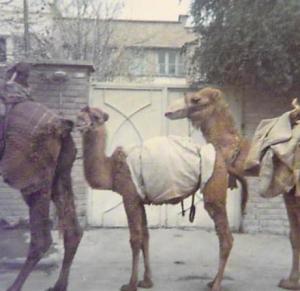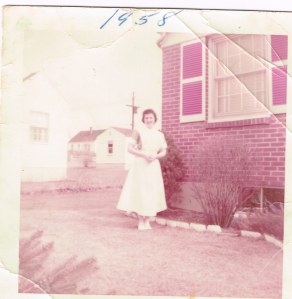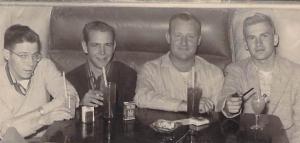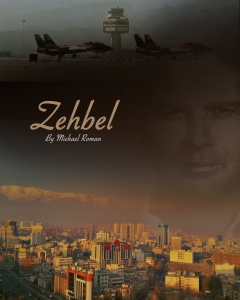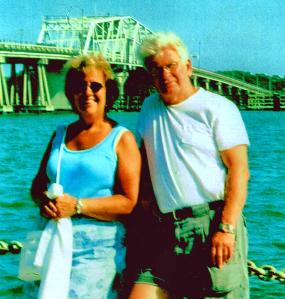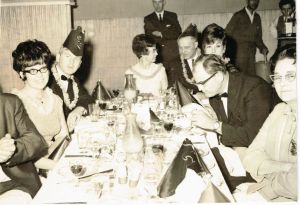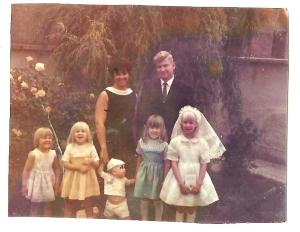When I was assigned to set up equipment at the air base in Esfahan, friends recommended a restaurant called the Feed House, known for serving excellent Kallepache.
There was a group of very strong men in Esfahan called “Danger Men,” by the people of Esfahan. These guys swung objects that looked like giant bowling pins around with their hands and they did it as a group, combining slow, artistic movements with ancient Iranian music. It was like a dance. I had seen them on television, performing for the Shah. They would practice in the very early hours of the morning. Turns out they also breakfasted regularly at The Feed House, and they all ate Kallepache.
The first day I went there for breakfast, they all stared at me, but no one spoke. The second day, they were much more friendly. On the third day, it was like old home week. Suddenly, it was like I was an old friend. They all stood up and insisted that I be served the best part of the head of the sheep (Kallepache is made from the head and feet of a sheep). The server complied. Actually, it was very good. From that time on, they all stood up when I came in. Now I was their buddy. It was a very good feeling. There was no danger for me at that place. No one ever saw my gun, even though it was always with me. If they knew that, people would have stayed away from me and I would have missed out on this beautiful experience. Iranian people are very friendly and respectful to people who they think deserve it. These strong men thought that I deserved respect.
The Iranian people that worked with me at the various electronic equipment stations knew I was having breakfast at the Feed House. Something had changed. Now, when I came near them, they would move towards a wall and put their backs to the wall. I noticed it and after a while, I asked a close friend why they were doing this. Reluctantly he explained: it was well-known that people who ate Kallepache for breakfast became more agressive and — well, let’s just leave it at that.
Another bit of info to add to the cultural differences all around me.


